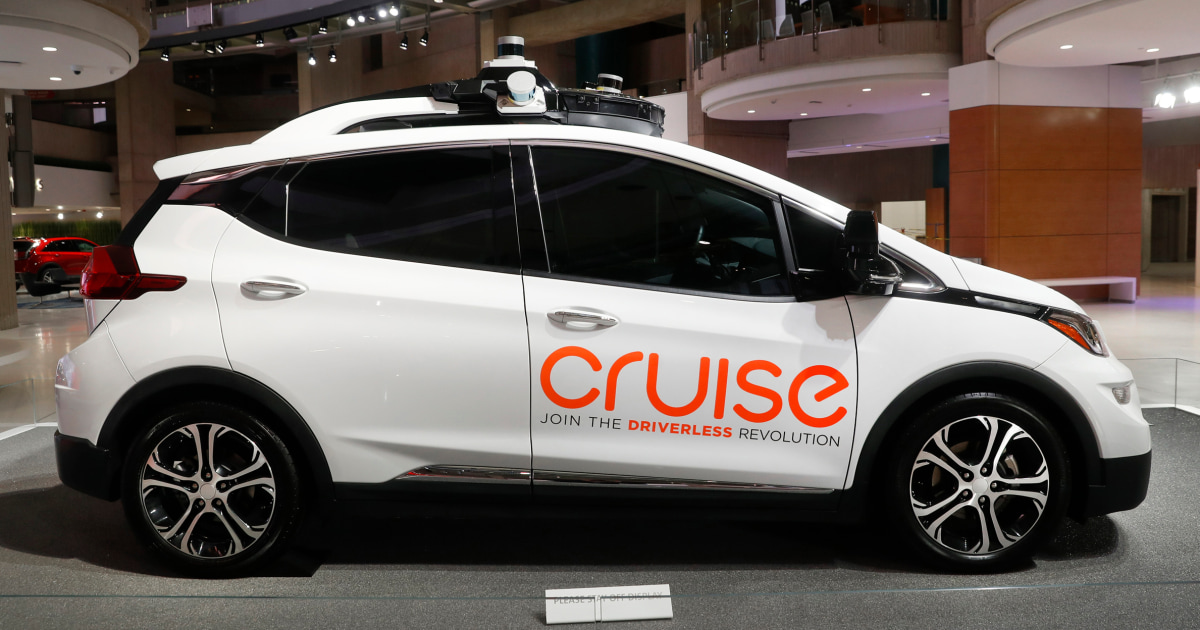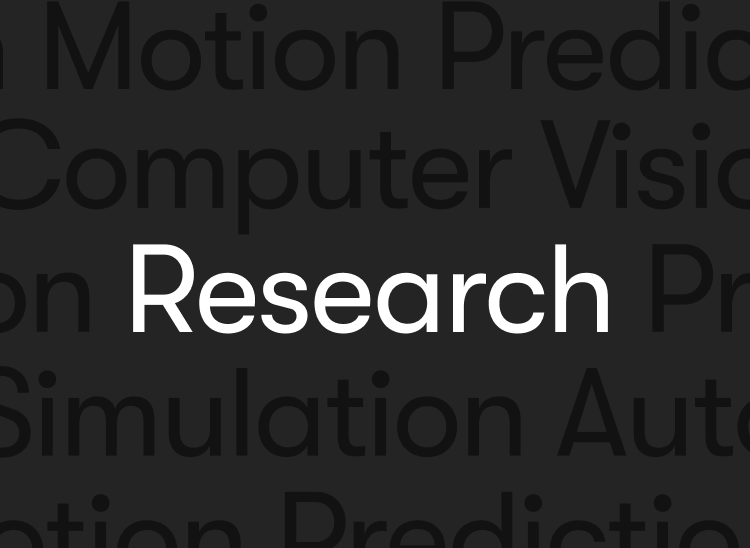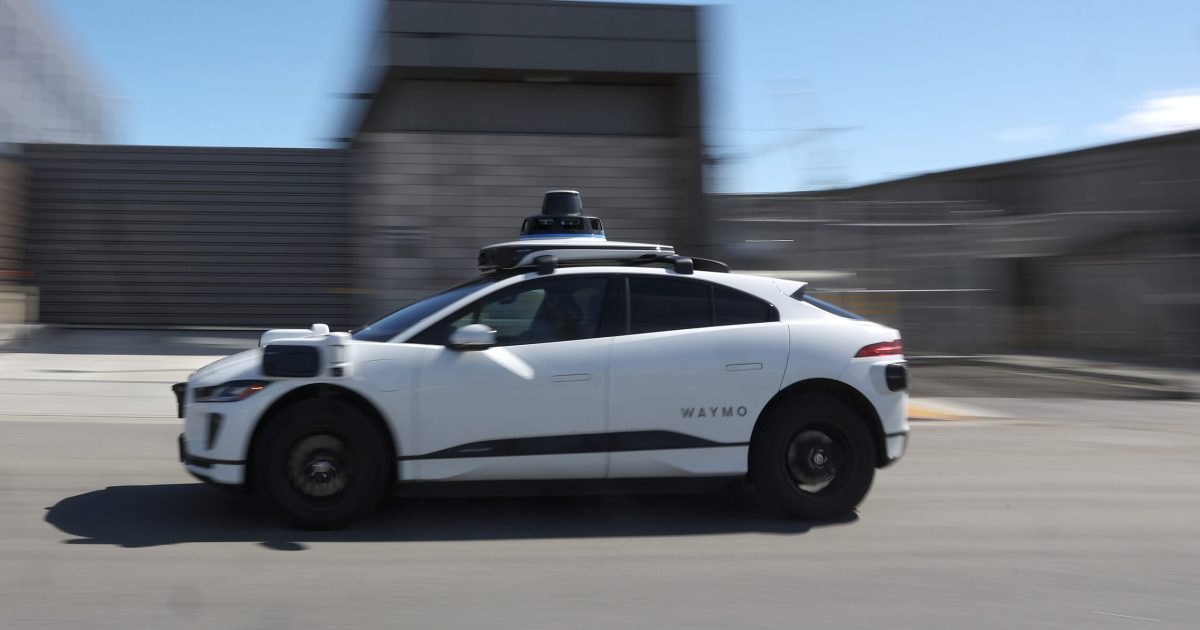bkp_duke
Well-Known Member
Do you have a link for this? The city is clearly not happy with being the testing ground for the two companies, and they're critical of expansions, but I can't find anything about an attempt at a ban. At least, not one that has caught the attention of the web.

Two companies race to deploy robotaxis in San Francisco. The city wants them to hit the brakes.
The city’s transportation officials sent letters this week to California regulators asking them to halt or scale back the expansion plans of Cruise and Waymo.
That's from a quick google search. But something came up in my news feed this week about the City Council trying to put an ordinance in place to either prevent or greatly curtail them.
EDIT - found one more recently dated, with a lot more detail:

‘Incompetent’ driverless cars are wreaking havoc on San Francisco
As Cruise and Waymo wrestle for dominance, local transportation agencies worry the...






